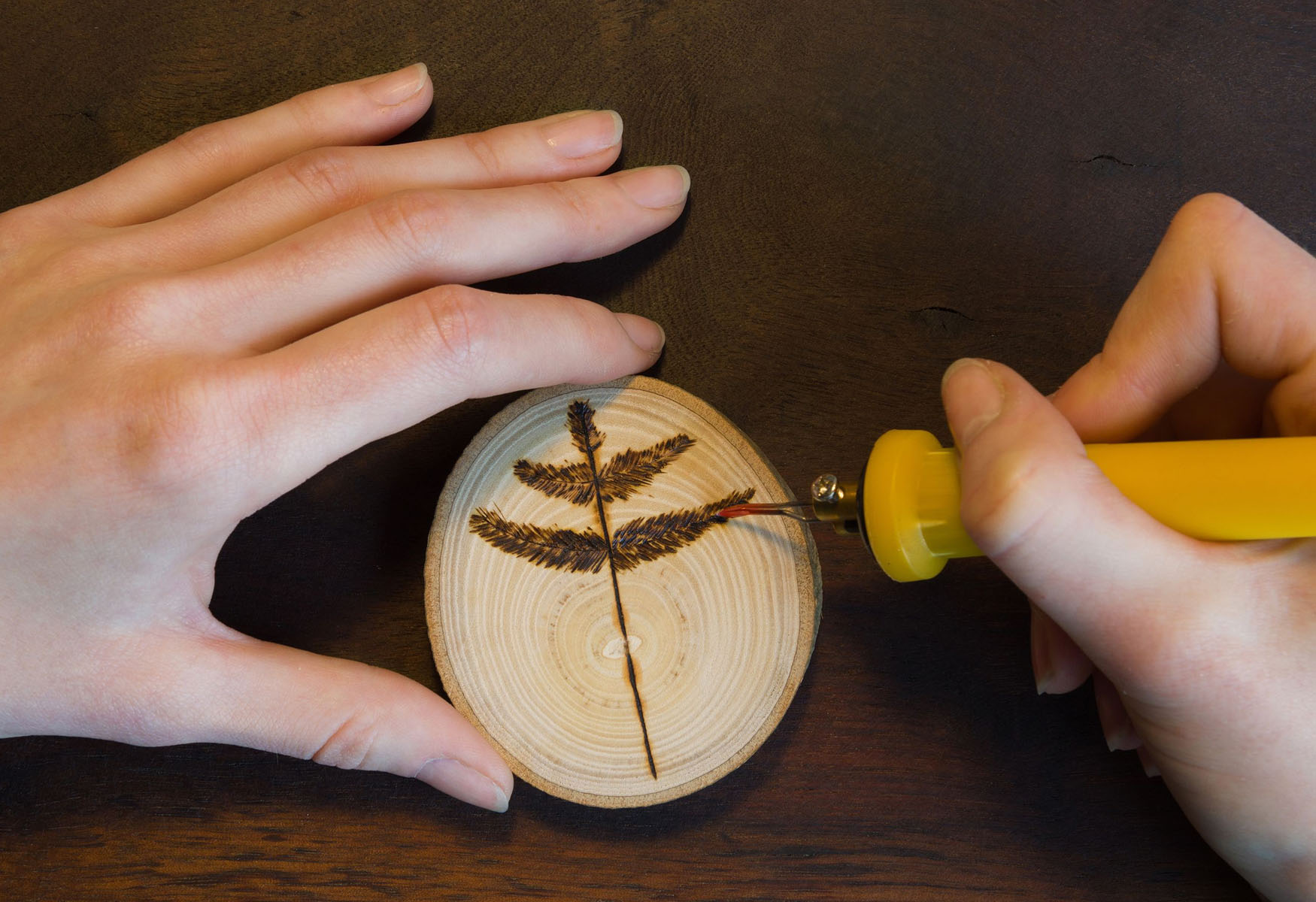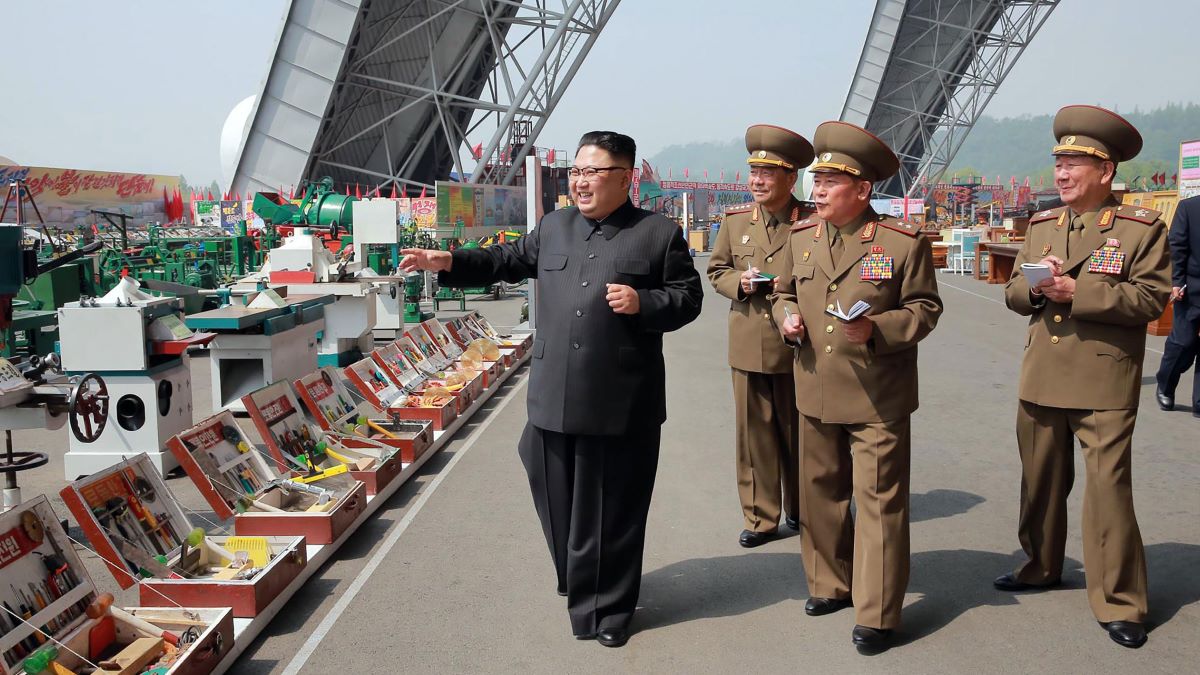
Pyrography, also known as woodburning, is a captivating art form that dates back centuries. This unique technique involves using a heated tool to create intricate designs and patterns on wooden surfaces. Whether you’re a seasoned pyrography artist or just discovering this fascinating craft, there are some incredible facts about pyrography that you may not know.
In this article, we’ll delve into 15 fascinating facts about pyrography that will spark your interest and deepen your appreciation for this ancient art form. From its rich history to its therapeutic benefits, pyrography offers a world of possibilities for creativity and self-expression. So, grab your tool and let’s explore the captivating world of pyrography!
Key Takeaways:
- Pyrography, also known as woodburning, is an ancient art form that involves burning designs onto various surfaces. It offers endless artistic possibilities and has therapeutic benefits, making it a captivating and versatile art form for all ages to explore and enjoy.
- From its ancient origins to its modern applications, pyrography has evolved into a respected artistic career. It has found its way into various industries and cultures, offering a unique and personalized touch to functional objects and traditional crafts. Whether as a hobby or a profession, pyrography continues to inspire creativity and innovation.
The Origins of Pyrography
Pyrography, derived from the Greek words “pur” meaning fire and “graphos” meaning writing, has been practiced since the dawn of civilization. This ancient art form involves using heated tools to burn designs onto various surfaces, most commonly wood. It has been found in cave paintings and artifacts dating back thousands of years.
A Versatile Artistic Medium
Pyrography offers endless possibilities when it comes to artistic expression. Not only can it be done on wood, but also on leather, gourds, paper, and even fabric! This versatility allows artists to explore and experiment with different textures and mediums.
Tools of the Trade
Pyrography requires specialized tools to achieve those fine, detailed lines and intricate designs. The most commonly used tool is a woodburning pen, which typically comes with different interchangeable tips for various effects. Additionally, artists may use wire nib burners and soldering irons to create unique textures and shading.
The Beauty of Burned Patterns
One of the captivating aspects of pyrography is the natural and earthy feel that burned patterns create. The contrast between the burned areas and the untouched wood or other material adds depth and character to the artwork. The resulting designs can range from realistic portraits to intricate mandalas and everything in between.
Ancient Pyrography Techniques
Throughout history, different cultures have developed their own unique techniques and styles of pyrography. The Egyptians used heated metal tools and charred bone as their medium, while the Native Americans utilized hot rocks and coals to achieve beautiful designs on their crafts.
Contemporary Pyrography Artists
In recent years, pyrography has gained popularity among contemporary artists who are pushing the boundaries of this traditional art form. Talented pyrographers like Julie Bender and Carol Rosinski are creating stunning pieces that showcase the intricate detail and depth achievable with this medium.
Pyrography as a Therapeutic Outlet
Engaging in pyrography can be a therapeutic and calming activity. The concentration required to create precise lines and patterns can help reduce stress and anxiety, providing a sense of relaxation and mindfulness.
Beyond Decorative Art
Pyrography is not limited to decorative art. It has also found applications in various industries including sign-making, furniture embellishment, and even musical instrument decoration. The technique adds a unique touch and personalization to these functional objects.
Pyrography in Indigenous Cultures
Many indigenous cultures around the world have incorporated pyrography into their traditional crafts. From intricate fire-etched patterns on ritual masks to storytelling through burnt pictures on ceremonial objects, pyrography plays a significant role in preserving and showcasing their cultural heritage.
Adapting Pyrography to Modern Technology
With advancements in technology, pyrographers now have access to electric woodburning tools with adjustable temperatures and digital pyrography machines. These innovations allow for greater precision and control, opening up new avenues for artistic exploration.
Pyrography as a Decorative Woodworking Technique
Woodworkers often incorporate pyrography into their projects as a way to add intricate designs and embellishments. From wooden bowls and boxes to furniture and cabinetry, pyrography can transform plain wood into unique and visually appealing pieces.
Pyrography as a Form of Personalized Gift
Due to its versatility and the ability to create custom designs, pyrography has become a popular choice for personalized gifts. From name plaques and keychains to wedding favors and anniversary presents, a pyrographed gift adds a special touch and sentimental value.
Pyrography as a Professional Artistic Career
Pyrography has evolved from being a hobby to a respected artistic career. Many talented pyrographers have gained recognition for their unique style and craftsmanship, exhibiting their works in galleries and participating in art shows and competitions worldwide.
Learning Pyrography
With the increasing popularity of pyrography, there are now numerous resources available for beginners to learn this art form. Online tutorials, workshops, and instructional books provide aspiring pyrographers with the knowledge and skills needed to create their own masterpieces.
Staying Safe During Pyrography
As with any art form involving heat and tools, safety precautions are essential when practicing pyrography. Proper ventilation, using heat-resistant gloves, and working in a well-lit area are some of the key safety measures to ensure an enjoyable and safe experience when indulging in this fascinating art.
Conclusion
In conclusion, pyrography, also known as woodburning, is a captivating art form that has been practiced for centuries. It involves using a heated tool to create intricate designs and patterns on wood surfaces. Pyrography allows artists to express their creativity while also preserving the natural beauty of the wood.From its origins in ancient times to the modern techniques used today, pyrography continues to captivate enthusiasts around the world. Whether you’re a seasoned artist or a beginner looking to explore a new hobby, pyrography offers endless possibilities for creativity and self-expression.So, grab your woodburning tool and get ready to embark on a journey of artistic exploration. Discover the fascinating world of pyrography and let your imagination come to life as you create beautiful designs on wood.
FAQs
1. How do I get started with pyrography?
Getting started with pyrography is relatively simple. You will need a woodburning tool, wood surfaces to work on, and some basic safety equipment. There are plenty of beginner-friendly pyrography kits available that come with all the necessary tools and instructions to help you get started.
2. What types of wood are best for pyrography?
Hardwoods such as birch, maple, and oak are popular choices for pyrography. They have a tight grain structure and are less likely to scorch or break under the heat of the woodburning tool. However, softer woods like pine can also be used with proper techniques.
3. Is pyrography a dangerous hobby?
Like any craft that involves heat and sharp tools, pyrography should be approached with caution. It is important to follow safety guidelines, such as using proper ventilation, wearing protective goggles, and keeping the woodburning tool away from flammable materials. With proper precautions, pyrography can be a safe and enjoyable hobby.
4. Can I create intricate designs with pyrography?
Absolutely! Pyrography offers endless possibilities for intricate designs. With different tips and techniques, you can create fine lines, shading, and detailed textures on the wood surface. It may take practice and patience, but with time, you can achieve stunningly detailed and complex designs.
5. Can I use colors in pyrography?
While pyrography is primarily a technique that uses heat to create designs, you can incorporate colors into your artwork. Once you have completed the woodburning process, you can choose to add paints, stains, or wood dyes to enhance and bring life to your designs.
Pyrography is a captivating art form, but there's more to explore in the world of creativity. Discover how crafting for caring can be a powerful tool for spreading kindness and joy. Dive into the fascinating realm of art and uncover mind-boggling facts that will leave you inspired. If you enjoy wood burning, consider enhancing your outdoor experience with smokeless fire pits that offer a cleaner, more efficient way to enjoy fireside gatherings.
Was this page helpful?
Our commitment to delivering trustworthy and engaging content is at the heart of what we do. Each fact on our site is contributed by real users like you, bringing a wealth of diverse insights and information. To ensure the highest standards of accuracy and reliability, our dedicated editors meticulously review each submission. This process guarantees that the facts we share are not only fascinating but also credible. Trust in our commitment to quality and authenticity as you explore and learn with us.


